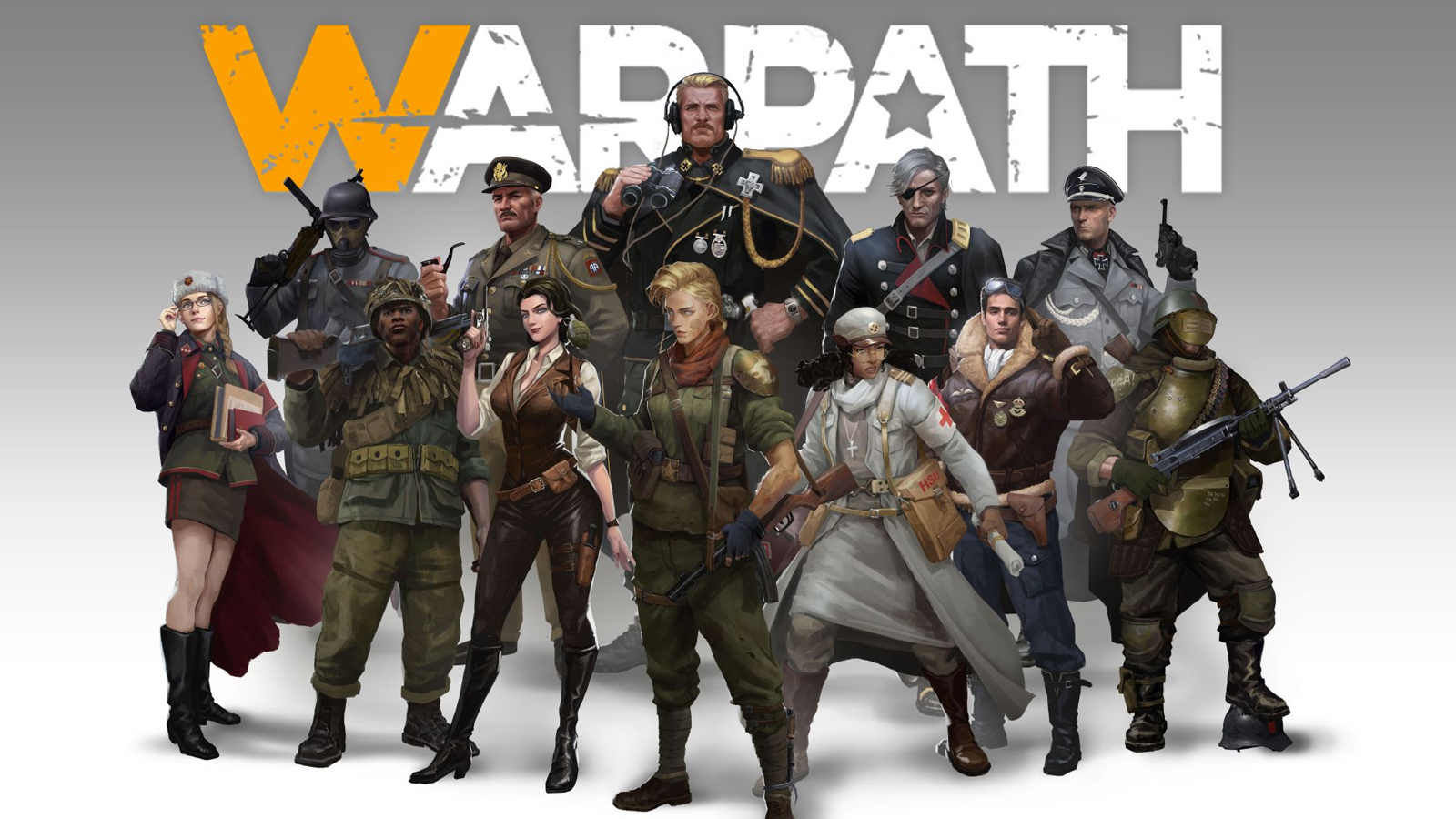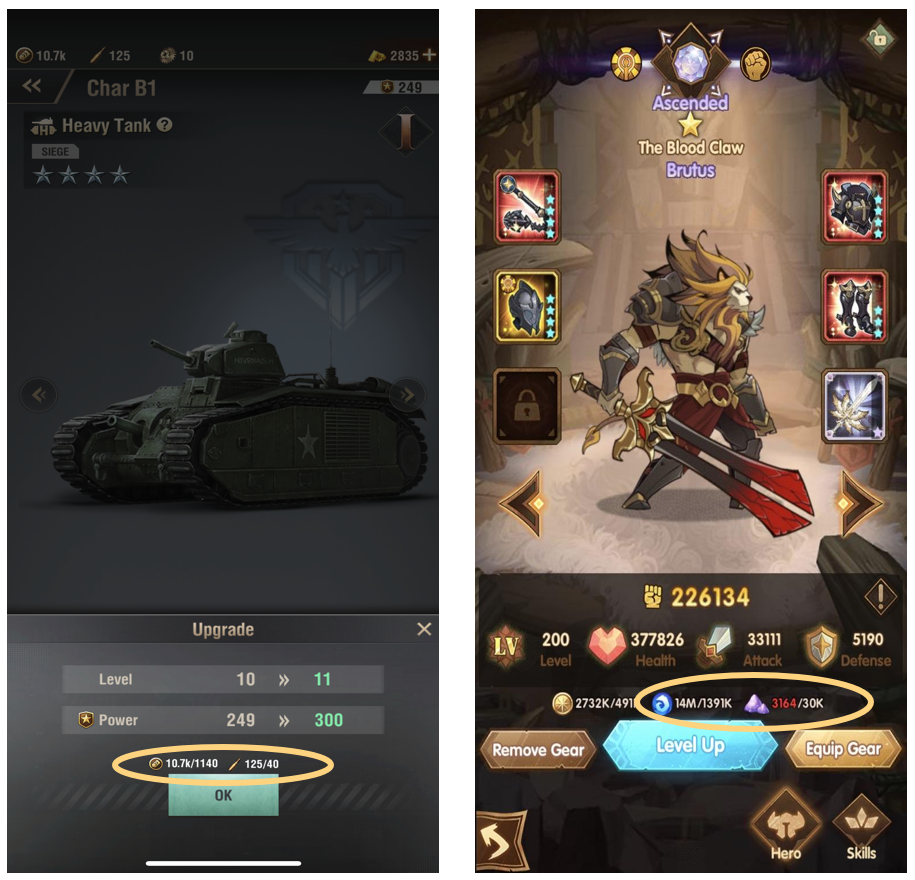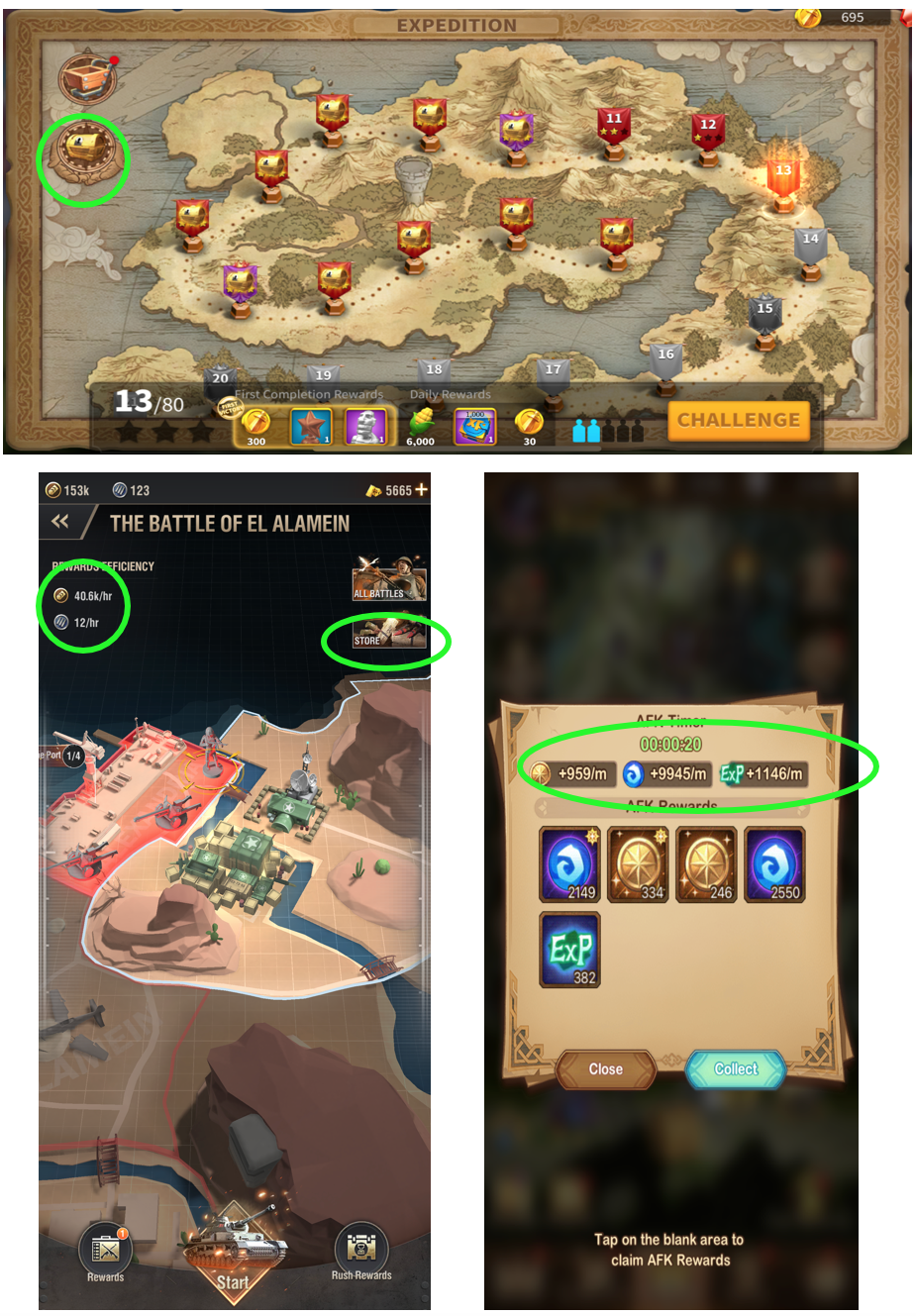Warpath is not the first strategy that successfully uses mechanics from games of other genres. However, her case is unique in that the developers from Lilith Games have moved the systems from their own mobile RPG AFK Arena to a new project almost unchanged. This allows you to evaluate which elements turned out to be the most successful in terms of monetization and user engagement.Game design expert Jeff Witt analyzed the mechanics of Warpath in detail in his column for ggDigest.

According to him, this is almost the first time in his memory when one studio used similar design techniques in two different genres.
Witt also notes that Warpath borrows ideas from Rise of Kingdoms, another Lilith Games mobile game. However, in his material, he decided to dwell in detail on the comparison with the AFK Arena.
Pumping unitsIn AFK Arena, experience and gold are needed to level up the heroes.
However, every 20 levels (for example, to move from the 20th to the 21st or from the 40th to the 41st), the game requires a certain amount of the third currency – Hero Essence. Of course, it is much more difficult to accumulate it than simple experience and gold. In order not to waste time on essence farming, players sometimes buy it for real money.
In Warpath, an almost similar system of pumping units is used. The only difference is that most of the time this requires only experience, but every ten levels (and not 20, as in AFK Arena) you will also need a rarer currency — ammunition (Bullets).
Such a monetization system has certainly proven itself well AFK Arena. Otherwise, Lilith would hardly have moved it to her new project without visible changes.
Raising the rank of unitsIn addition to leveling up, Warpath players have another way to improve their units.
After the opening of the Assembly Workshop in the research center, users will be able to “assemble” several units together to increase the number of stars of the required unit.
The difficulty lies in the fact that only completely identical units can be combined — for example, infantrymen with only a certain rifle. The “assembly” of some units requires several units of a certain type and rank at once. At the same time, new stars are not added immediately, but in parts.
As in the case of increasing levels, the developers have almost completely transferred this system from AFK Arena. The only difference is that there it is called “Ascension” (Ascension), and instead of stars, the rarity of the hero increases.
This gives additional depth to pumping and helps players perceive units in Warpath as separate heroes. And from the point of view of developers, such a system opens up additional monetization opportunities. According to Witt, this is exactly what was missing in another Lilith game — Rise of Kingdoms — where the main focus was on squads, not a party of five heroes/armies.
AwardsThe reward system in Warpath is a combination of two previous Lilith projects.
From Rise of Kingdoms, a store built into the campaign has moved into the game, where you can buy items for a unique currency (in the case of Warpath, these are “campaign coins”). From AFK Arena, the new Lilith project got Idle Rewards, which accumulate passively and motivate users to log into the game several times a day.
The creation of a hybrid reward system allowed the studio to increase the involvement of players at several levels at once. In Warpath, you can complete simple tasks and receive rewards for various in-game activities and actions on the map. At the same time, users have an additional incentive to return to the game and complete missions in the campaign in order to receive more special currency for the purchase of bonuses and items.
Jeff Witt notes that at one time AFK Arena solved many problems of free-play RPGs, including the depth of pumping and the duration of the session. Lilith Games also managed to successfully transfer the alliance system to Warpath, which has proven itself well in Rise of Kingdoms. Thus, the introduction of successful elements from the studio’s previous games into the 4X strategy can have a positive impact on the project’s performance in the future.



